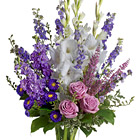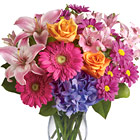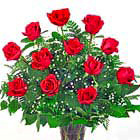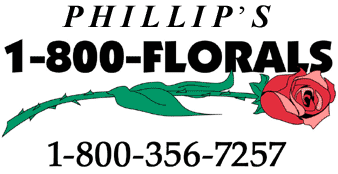The 1, 2, 3 on Floral Design:
Line, Mass & Filler Flowers
It's fascinating to know how different types of flowers and foliages are combined to make beautiful bouquets. Flowers have distinct shapes, fragrances, and colors. In learning about floral design, let nature and your own creative inspiration be your guide. And above all, have fun!
Line Flowers
Line flowers are tall, and as the name implies, give your bouquet height, width, and a balanced look. Branches and tall foliage can serve as line flowers. Most line flowers have buds growing up a center stalk.
Examples of line flowers are: gladiolus, liatris, snapdragon, delphinium, tuberose, veronica, curly willow, bells-of-Ireland, stock.
Tip -- Line flowers, by themselves, look striking when placed in a tall cylindrical vase.

Mass Flowers
Mass flowers will give your bouquet weight -- or mass -- and are generally round and full faced. Sometimes they are referred to as face flowers. They are usually the focal point of color and interest in a bouquet. Most mass flowers come with only one flower on the end of the stem.
Examples of mass flowers are: rose, carnation, gerbera, sunflower, lily, daffodil, tulip, iris, freesia, zinnia, alstroemeria, protea, chrysanthemum.
Tip -- Mass flowers are a good choice for a simple, quick vase full of flowers and are often sold in bunches.

Filler Flowers
Filler flowers (stems with a lot of little flowers) and foliage will round out your bouquet and give it a soft, full look. Casual, fresh-from-the-garden bouquets use an abundance of filler flowers to visually connect mass and line flowers.
Examples of filler flowers and foliage are: baby's breath, feverfew, Queen Anne's lace, ferns, heather, statice, eucalyptus, aster.
Tip -- Just a few sprigs of filler flowers, alone in a vase, can give a sense of simple elegance to any room, and many filler flowers are good candidates for drying.

